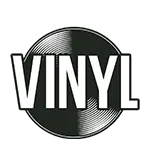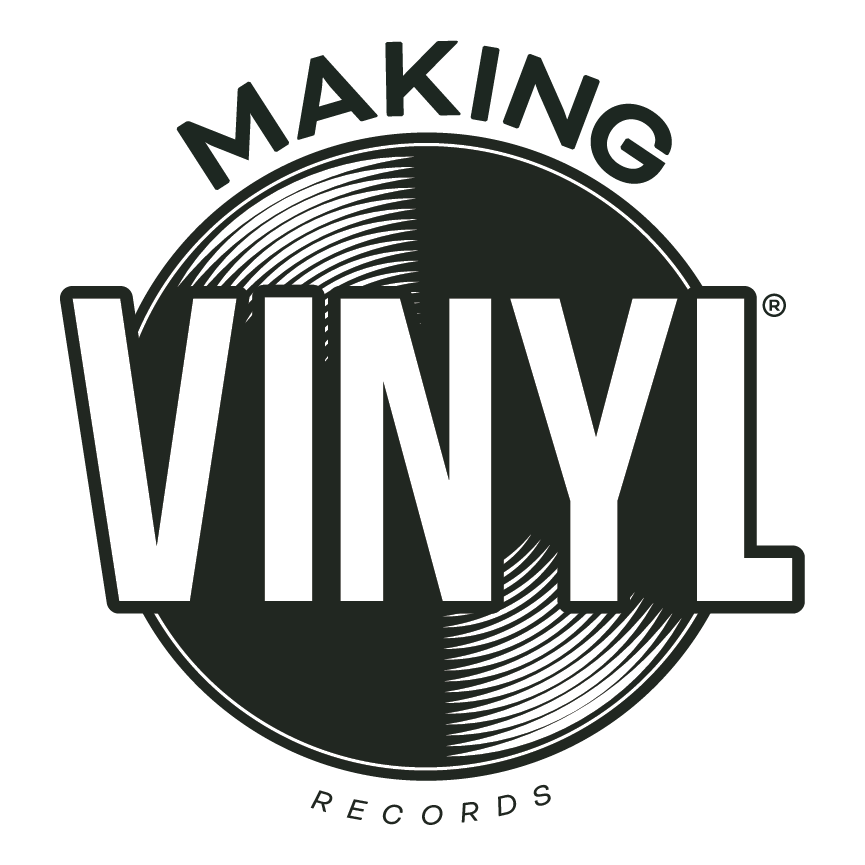Lathes are an integral piece of equipment that determines whether or not a vinyl record in 2019 can be manufactured using a new stamper.
The problem is no manufacturer in the world has made a lathe since the early 1980s, which is why the item is a hot commodity any time one surfaces for auction.
Eric Conn, of Nashville, TN-based Independent Mastering, in 2014 jumped on the listing of three main components of a Scully fixed pitch model 501 lathe (serial no. 336) – including the bath tub, sled and original platter – that appears to be from the early 1940s, for which he paid $3,000.
“They came out of a warehouse in New Jersey,” Conn tells Making Vinyl. “I knew what I was getting into.”
Conn had been mastering for vinyl, CDs and streaming for 22 years, but this was the first time he took the plunge to do his own cutting as an additional revenue stream for the Independent Mastering business he runs with recording/mixing/mastering veteran Don Cobb.
The two partners’ collective credits include a who’s who of popular music, including Willie Nelson, Neil Young, James Taylor, The Pointer Sisters, Quincy Jones, Garth Brooks, Sheryl Crow, Alison Krauss, Sheryl Crow, George Strait, and Trisha Yearwood, among numerous other artists.
The “long road” to rebuild the lathe to its current functional state ultimately took four years.
“I found the [lathe] community helpful to source some of what was needed,” he said, citing expert help from California, New York and Switzerland. In particular, he cited help from Los Angeles-based lathe guru Len Horowitz, of the History of Recorded Sound.
Key missing pieces, among them included a vacuum system for the platter, electronics, microscope, light, and a table, among them. Some parts needed to be recreated from machine shops, and he found other spare parts on eBay, some culled from other lathe manufacturers, such as Westrex and Neumann.
“I’m a mastering engineer, not a machinist,” said Conn, yet he ended up building himself the lathe’s drive system.
Ultimately, Conn spent $25,000 to $30,000 on getting all the ingredients to rebuild the lathe. It’s not lost on him he could have saved a lot of heartache working on the project. First in 2005 and then again in 2010, Conn contemplated buying an intact lathe for sale locally in Nashville, but he didn’t have the cash flow either time to support such a purchase.
Conn started cutting with his rebuilt lathe in the summer of 2018, the first being a rockabilly record for musician Paul Burch.
Anyone contemplating such a lathe-building endeavor – which Conn termed
“therapeutic” – must never lose his or her “curiosity and must never give up.”
Asked whether he gave the lathe a nickname, Conn quips: “Yeah, FrankenScully.”
Herman Melville’s Moby Dick character Ahab, the whale hunter, was also an inspiration.
By Larry Jaffee


